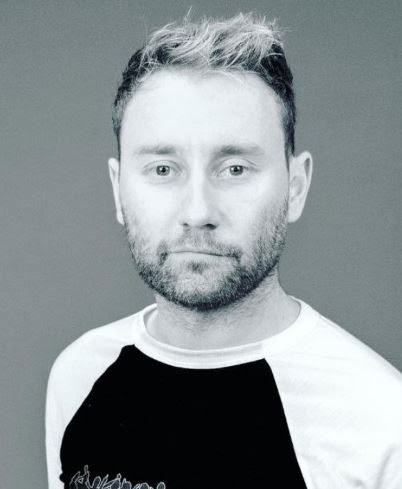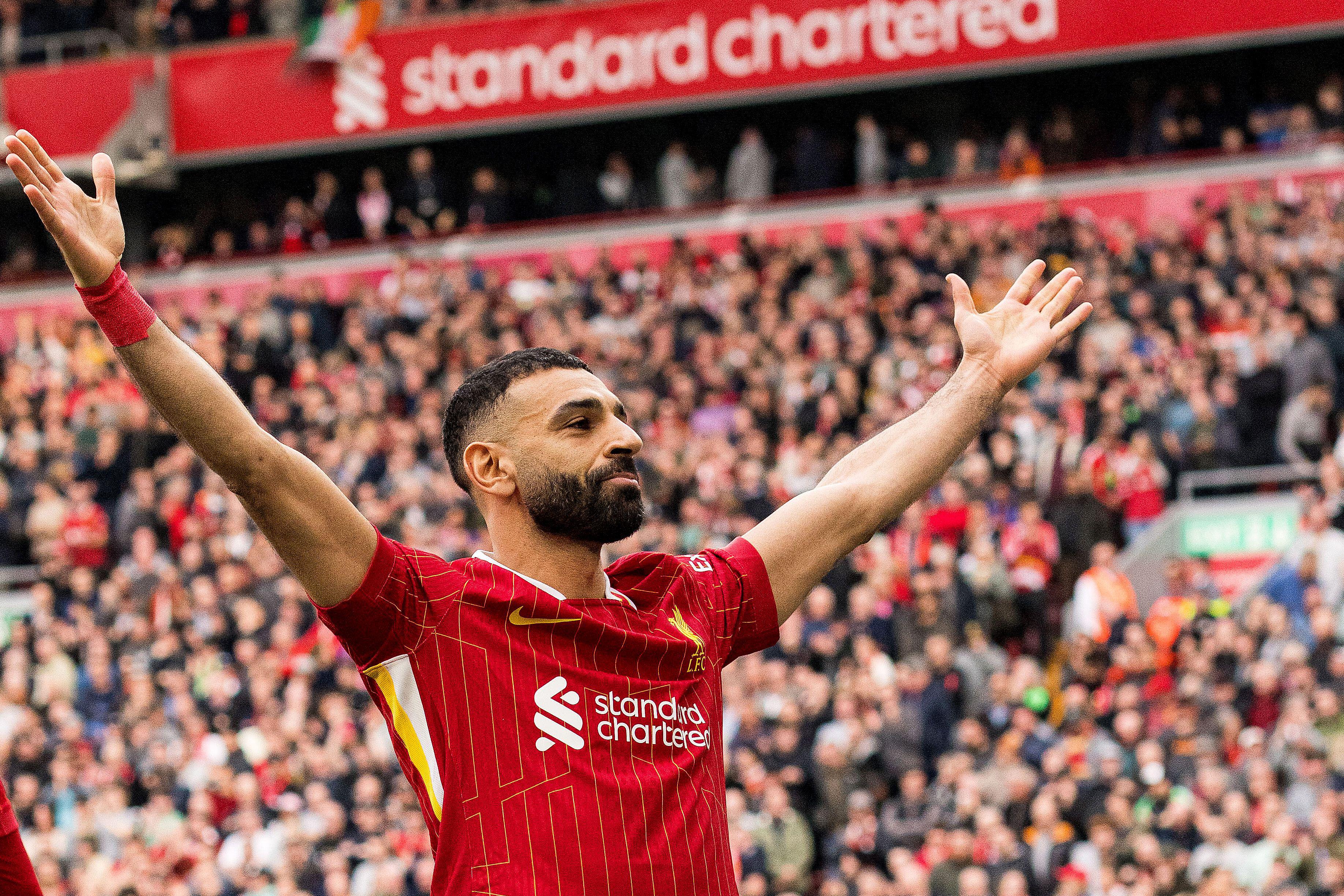Who will broadcast the Women's World Cup in the UK? FIFA's TV problem threatening this summer's tournament
Women's football tournaments have had huge spikes in popularity recently. But that's all under threat at the World Cup 2023...
This summer, the Women’s World Cup 2023 will see teams from the six major confederations head to Australia and New Zealand for a centre-piece tournament hailed as the culmination of years of explosive growth in the game. Expanded from 24 nations to 32, the month-long, 64-match event will shine a global spotlight on stars like Alexia Putellas, Sam Kerr, Catarina Macario, and, fresh from their historic European Championship win, England’s own Lionessess.
But, as things stand, it’ll be broadcast to an audience of precisely no one in countries like Germany, France, Spain, Italy, and England.
This is FIFA’s Broadcast Blackout of the Women’s World Cup.
In a nutshell, it’s all about money.
In previous years the broadcast rights for the Women’s World Cup were always bundled in with those of the men's. That meant that TV networks would get exclusivity over a number of their games and that sponsors would get similar levels of exposure across both tournaments.
FIFA were never overly specific about what level of value they regarded the women’s package as adding to the overall deal, but with rights to the 2022 Qatar World Cup selling for between $100-200 million per broadcaster, they clearly believed that there was significant money to be made separating the two tournaments.
Thus in 2021, Gianni Infantino announced plans to auction the competitions separately as part of a long commitment to increase both the funding and prize-money in the women’s international game.
Get FourFourTwo Newsletter
The best features, fun and footballing quizzes, straight to your inbox every week.
And, so far, the good news is that that has borne fruit. This year's tournament will see the women get a near 300 per cent increase in their prize money, and the budget allocated for the event’s organisation is coming in somewhere around the £125m mark. While that’s certainly not the $230 billion dollars invested in Qatar, it is over 10 times the amount spent on the 2015 Women’s World Cup held in Canada.
Despite these positive noises from the game’s governing body, and the huge surge in interest in women’s football across Europe, FIFA have deemed the offers for the broadcast rights as currently nowhere near good enough to sell.
Speaking at a World Trade Organization meeting in Geneva, Infantino said the bids from the UK, Germany, France, Italy, and Spain, the big five of European football, were “simply unacceptable” and a “slap in the face” not just to the players, but to “all women worldwide”. Following up on his own Instagram, he laid into these nations with claims that some offers had been as low as $1 million.
Quite why this is depends on who you ask. For the broadcasters themselves, it’s a combination of factors. Firstly, their respective experience of broadcasting the women’s game in this country and their estimates on their ability to sell advertising space during the matches.
The Women’s Super League, for example, had an estimated sponsorship revenue of around £14m this season. Which, given that the Women’s Euros had a record-breaking audience of 365 million viewers globally, shows that while audience interest can rival the men’s game on occasion, the ability to monetise that interest is still lagging someway behind.
Whether that’s because there’s a perceived disconnect between the brands that’ll pay premium rates for sports placements, and the assumed demographic of those watching, is also a matter of who you ask. But, regardless, networks across Europe are still keen to protect themselves from the prospect of “overspending” on women’s football, while they’re not entirely convinced the advertising model is there to back it up.
Undoubtably exacerbating matters of course, is the location. Hosting the event in the South Pacific means that the first round of matches will see kick-off times ranging from 2am in the morning to 1pm. That's something that will undoubtedly see the live fixtures take an enormous viewing figures hit in Europe, and mean that any prime time broadcasts will consist of little more than highlights packages. Two things that aren’t considered appetising for major advertising deals.
Infantino has addressed these issues though, and said “To be very clear, it is our moral and legal obligation not to undersell the Fifa Women’s World Cup. Therefore, should the offers continue not to be fair, we will be forced not to broadcast it into the ‘big five’ European countries.”
The facts remain though, that previous Women’s World Cups have seen matches roughly garner around 50-60% of the television audience of that of the Mens. Which, let’s not forget, is comfortably the biggest sporting event on the planet.
That FIFA felt that they’d immediately stumble on broadcasting offers of around the same percentage feels naive in the extreme, but some of them coming it at almost 100 times less hints to a far bigger problem in Europe than merely advertising cold feet.
A deal will almost certainly be worked out as, no matter what posturing Infantino does over “underselling” the tournament, FIFA’s reputation is such that any failure to secure broadcasting rights will - rightly or wrongly - be painted as greed on the part of the organistation.
Over 1.1 billion people watched the 2019 tournament in France, but over half of those viewers were based in Europe itself. The time-zone difference is clearly a massive issue for these broadcasters, but with the women’s game enjoying year-on-year of record interest and attendance, it’s clearly a risk - if it even is one - that they should be willing to take.
Ultimately though, this is just the latest in a very long line of hurdles that the women’s game is being forced to overcome. Hurdles that, sadly, became the norm in the men’s. Does the money make sense? And if so, how can FIFA, and its sponsors, most effectively and dependably extract it from fans?
If there’s one thing beyond the on-pitch standards and the number of fans in the stadiums that really signifies women’s football’s arrival at the very top table of the game, it’s that these organisations are determined to wring every possible penny from it.
Adam published his first article for FourFourTwo in 2015, but didn’t publish his second until seven years later in 2022. A figure that would put him near the top end of any ranking for Longest Time Between Appearances For One Club. In the time between he plied his trade as both a writer and presenter on YouTube, earning the dubious distinction of being “The James Milner of WhatCulture”. Be that because he was capable of playing any role, or just because it felt like he’d been around forever, depends on who you ask. He left FourFourTwo as a full time staff member in February 2025

